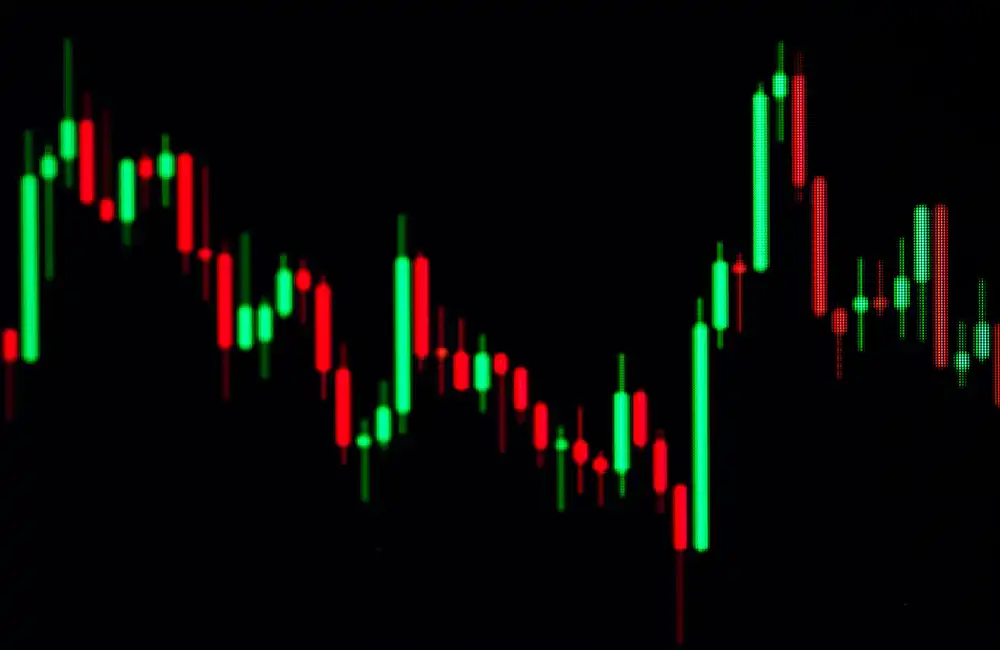European shares have always been seen as a strong anchor amid global market turbulence.
However, the intersection of corporate earnings season and monetary policy decisions by the US Federal Reserve (Fed) has made for a testing economic landscape. This analytical article explores the performance of European equities, their reactions to earnings reports, and how the monetary stance of the Fed casts its shadow across European markets.
European Shares in Focus
European shares have showcased resilience as companies across sectors—including financials, energy, and luxury goods—report their quarterly results. The STOXX 600 index, a benchmark for European equity markets, has displayed mixed performance.
Key Drivers Behind European Equity Movements
Earnings Season Highlights
Investors have kept a keen eye on corporate profits as a barometer of economic health. Market sentiment during this earnings season has been dictated by two prevailing themes:
- Strong Performance in Key Industries: Luxury goods and automotive benefited from demand in Asian markets and strong pricing power.
- Energy Sector Volatility: Upstream segments gained from high oil and gas prices, while downstream margins were squeezed.
Economic Data Juggling Act
Persistent inflation, weak industrial production in parts of Europe, and shifting trade balances have influenced investor positioning, with Germany’s export-driven economy showing particular caution.
The Fed’s Impact on European Markets
Currency Dynamics
A hawkish Fed has strengthened the US dollar, aiding European exporters but raising costs for firms with dollar-denominated debts or import dependencies.
Investor Sentiment and Capital Flows
Higher US yields have drawn capital toward treasuries, challenging European equities to compete for international investment.
Borrowing Costs and Liquidity
Fed rate hikes influence global credit conditions, subtly raising borrowing costs for European corporations and affecting bond and equity valuations.
Challenges and Opportunities Ahead
With inflation remaining elevated and geopolitical tensions persisting, sectors with pricing power, strong balance sheets, and exposure to growth themes—such as pharmaceuticals, technology, and green energy—offer the most promise. Diversified strategies balancing blue-chip stability with high-growth potential are key to navigating this complex environment.



















